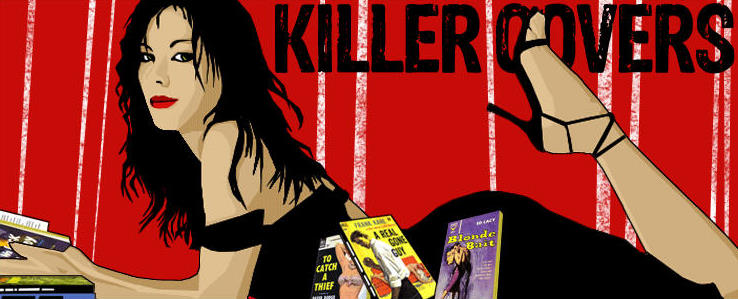

I was listening the other day to National Public Radio’s Weekend Edition Saturday program, when I heard host Scott Simon chatting with Murray Horowitz, an ex-professional circus clown, Tony Award-winning Broadway lyricist, and former NPR executive, about the present-day shortage of clowns. During their exchange, Horowitz observed that “clown, which was a word that used to be associated with joy and laughter and happiness, now has a lot of negative connotations to it. You’ve got characters like Krusty the Clown on The Simpsons, and there are members of Congress.”
Horowitz was mostly joking, of course, but it’s true that clowns aren’t of a single variety. There are happy clowns, there are sad clowns, and there has been at least one “killer clown”--Chicago serial slayer and rapist John Wayne Gacy Jr., who once talked with undercover police detectives about his work as a registered jester. “You know …,” he confided, “clowns can get away with murder.”
That radio conversation inspired this week’s pairing of vintage paperback fronts. Above and on the left you’ll see the cover from the 1957 Permabooks edition of Stuart Palmer’s Unhappy Hooligan, with a cover illustration by James Meese. Originally released in hardcover by Harper in 1956, it’s the first of Palmer’s two mysteries featuring Howie Rook, a former newspaperman and “the least hard-boiled of all private eyes,” according to Michael E. Grost, writing on the Web site A Guide to Classic Mystery and Detection. The joint venture Mysterious Press/Open Road Integrated Media, which has reissued Unhappy Hooligan in e-book format (along with its 1968 sequel, Rook Takes Knight), teases the tale’s plot thusly:
A newspaperman investigates the strange case of aI haven’t read Unhappy Hooligan (which should of course not be confused with Stuart Palmer’s 1941 Hildegarde Withers whodunit, The Puzzle of the Happy Hooligan), but Grost notes that it’s “a full-fledged locked-room mystery” with “a fair, plausible solution.” At the same time, he derides the book as rather dull, “full of the fashionable Freudianism of the fifties, and contain[ing] some nasty Freudian homophobia--something which returns, briefly, in Rook Takes Knight.” I’d welcome comments below from anyone else who has read those two Howie Rook novels.
murdered society clown
Howie Rook does not care for the police. After a long career in newspapers, he has seen too many cases loused up by unimaginative detectives to have any faith in by-the-book investigation. Recently retired, he spends his leisure hours writing letters to the editor regarding police stupidity. He’s so good at pointing out the department’s screw-ups that it has decided to reach out to him. They have an impossible crime, and it requires an amateur’s eye.
Real estate magnate James McFarley is found dead in a locked room, a bullet in his chest, and clown make-up on his face. The police have no suspects, no witnesses, and no hope but Rook. The amateur’s skill is about to be put to the test. Will he find the killer, or will he end up looking sillier than a murdered clown?
Speaking of paid funny men, check out the cover--above, on the right--from the 1963 Ace softcover edition of Charlotte Armstrong’s The Better to Eat You. “At first it looks like your run-of-the mill mystery paperback,” opines a poster on the image-hosting Web site Flickr, “but then you realize that the usual villain? That is a CLOWN. And then you put the title with that CLOWN, and then the blurb about ROMANCE and you’ve got yourself the shivers and a little nausea.”
The Better to Eat You is a standalone novel, which was first published in 1954 (and sometimes appears under the less interesting title Murder’s Nest). A review of the book, posted in Australia’s Sydney Morning Herald on December 6, 1954, described it as a “comparatively unhorrifying tale of a young college professor who falls in love with a girl whose friends have a habit of dying.
She believes that he is under a curse. He does not. When his car slips down the street and kills a woman, he knows there is something human behind it all.Ace Books’ 1963 paperback version of The Better to Eat You was paired in a single volume with another Armstrong suspenser, Mischief (1951). Sadly, I hear, the artist is not identified in the book, nor is there a credit to be found on the Web.
“Something human” turns out to be a wily ex-clown with as many twists as a snake. We know why almost right from the start, but arson, poisoned brandy, and wires on cliff paths keep up the interest all the way to the slight gooey end.
Like Palmer’s Unhappy Hooligan, both The Better to Eat You and Mischief are available as e-books from publisher Mysterious Press/Open Road.





No comments:
Post a Comment